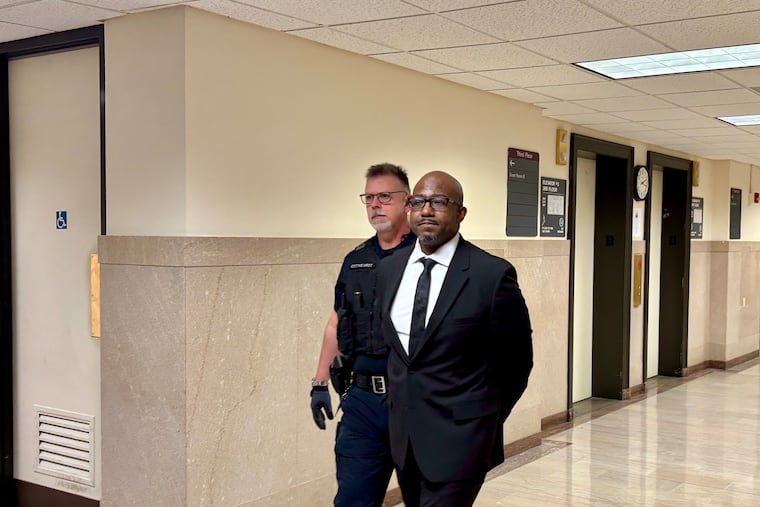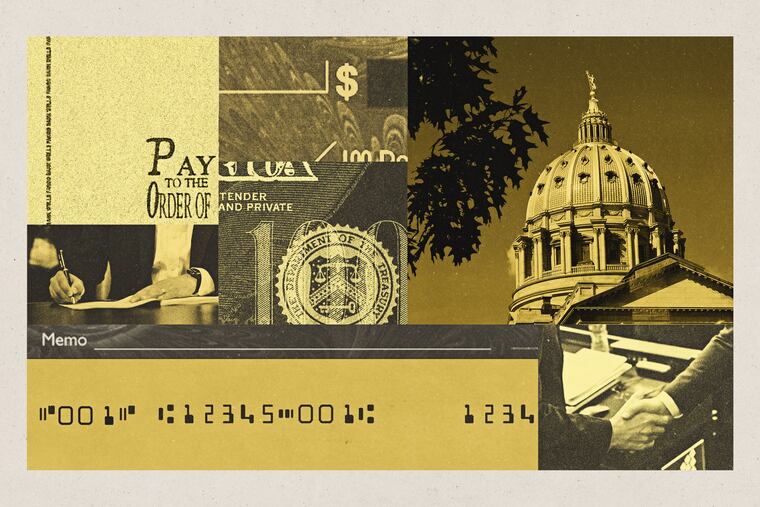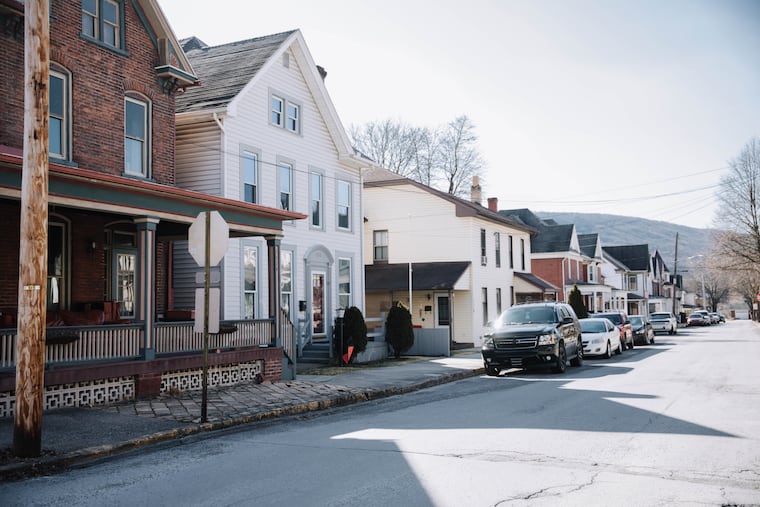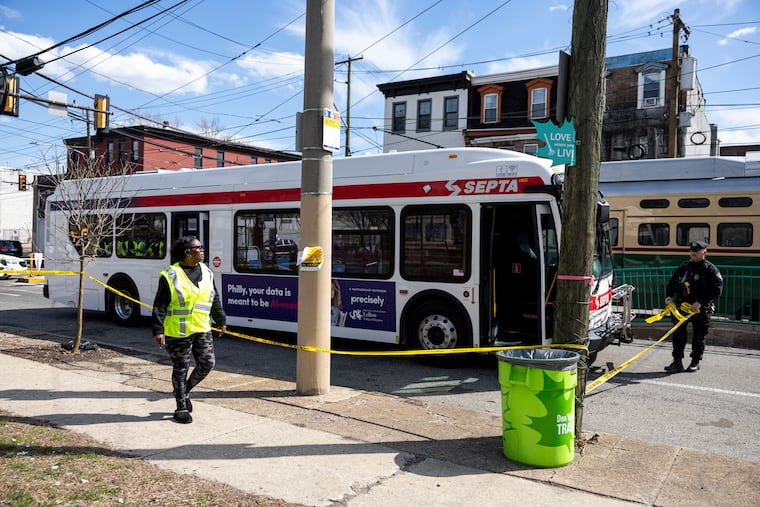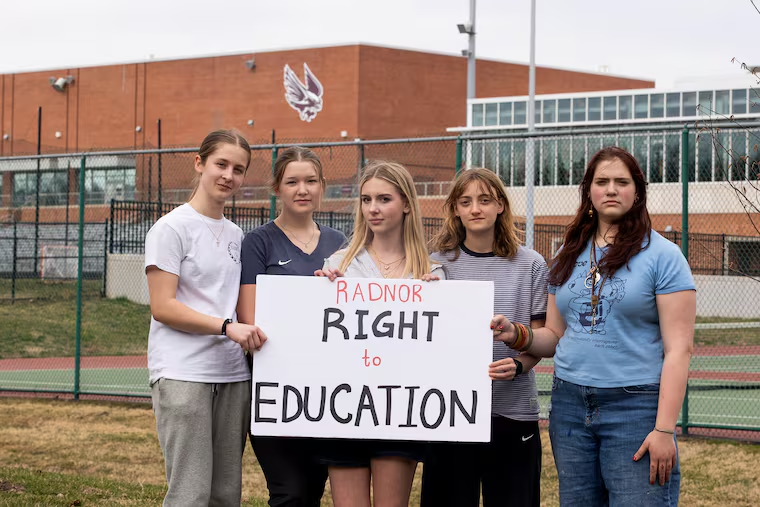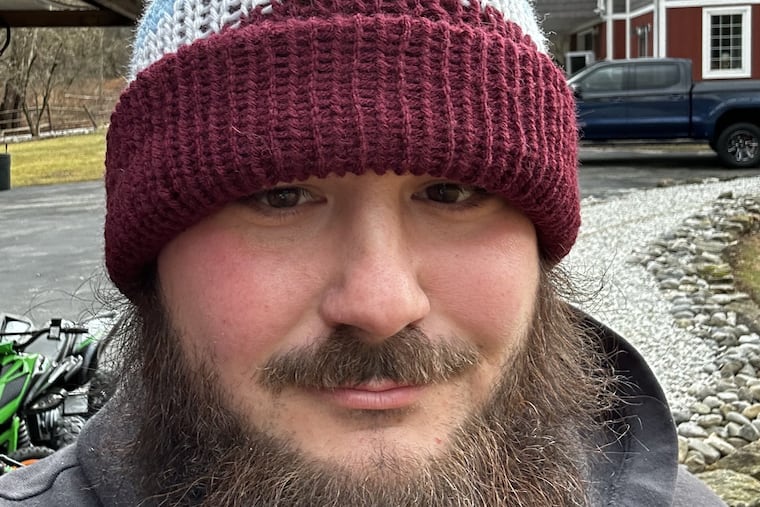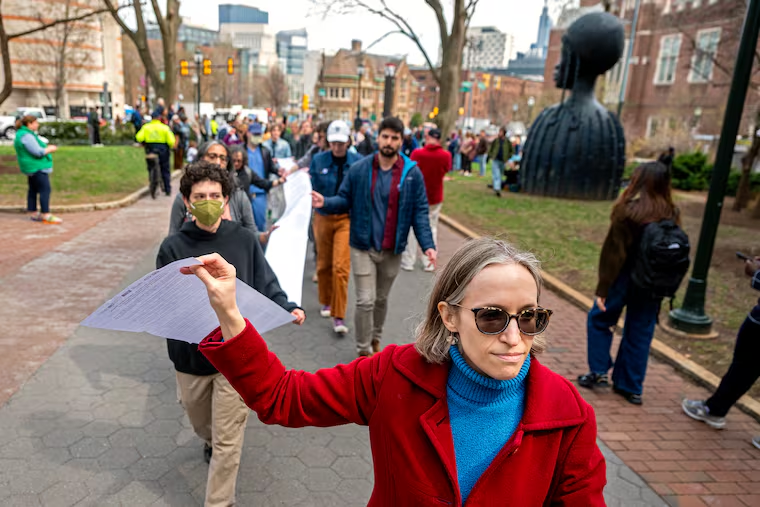One of the wealthiest counties in Pennsylvania says it’s finally close to ending homelessness
Since 2011, Chester County has been pouring time and money into reaching a lofty goal: ending homelessness within 10 years. “I’ve never seen the momentum we have now,” one advocate said as the deadline looms.
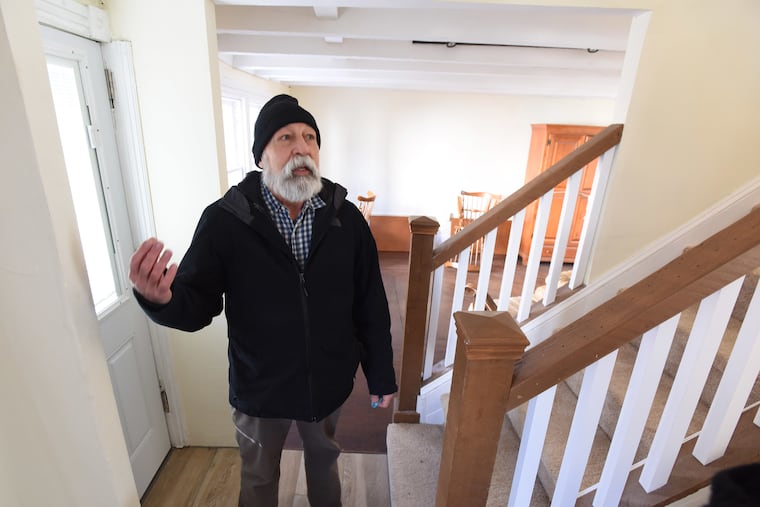
- Scott Franzke back calling Phillies games on WIP, while NBC Sports Philadelphia adds a familiar face
- The Phillies bet on three new players with a lot to prove. And the payoffs could be big for all.
- St. Joe’s offers employee buyouts to cope with a deficit
- Saquon Barkley surprises local students — then beats them all in a race: ‘I live for things like this’
- Jerome Brown has been gone for 32 years. The Eagles still make his family and hometown feel close to him.
Link copied to clipboard
Link copied to clipboard
Link copied to clipboard
Link copied to clipboard
Link copied to clipboard
Link copied to clipboard
Spotlight PA
Stephen Caruso, Spotlight PA
Link copied to clipboard
Spotlight PA
Min Xian, Spotlight PA
Link copied to clipboard
Link copied to clipboard
Link copied to clipboard
Link copied to clipboard
Link copied to clipboard
Link copied to clipboard
Link copied to clipboard









